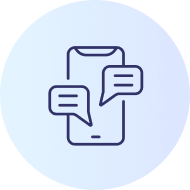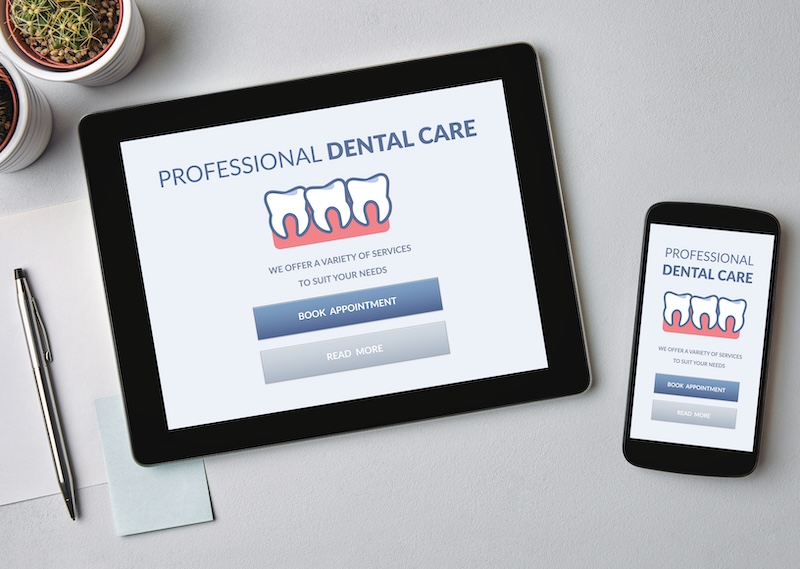Artificial Intelligence is transforming how healthcare providers manage patient data, communications, and operations. But as powerful as AI systems and services can be, they must adhere to the strict standards set by the Health Insurance Portability and Accountability Act (HIPAA). HIPAA safeguards sensitive patient information, ensuring it’s protected from unauthorized access while ensuring that patients can get the care they need.
In this article, you’ll learn how AI intersects with HIPAA, the challenges of using AI with protected health information (PHI), and strategies to ensure compliance while leveraging AI’s capabilities.
HIPAA Compliance
HIPAA was passed in 1996 and has been expanded several times since its initial passage. It is the gold standard for protecting sensitive patient information in the United States. It governs how healthcare providers, insurance companies, and other organizations handle protected health information (PHI). At its core, HIPAA ensures that patient privacy is upheld while enabling the secure exchange of information.
Key components of HIPAA compliance
- Protected Health Information (PHI): PHI includes any identifiable health data—like medical histories, test results, and insurance details—transmitted, stored, or accessed by a healthcare provider or business associate.
- Covered Entities and Business Associates: Covered entities (e.g., healthcare providers and insurance companies) and business associates (e.g., vendors or service providers handling PHI) must comply with HIPAA standards when handling PHI.
- Privacy and Security Rules: HIPAA outlines strict rules for safeguarding PHI, focusing on data access, integrity, and confidentiality. These rules ensure PHI is only used for its intended purpose and remains protected at all times.
Healthcare providers must integrate these principles into every aspect of their operations, including AI technology and systems.
Data regulation and AI technology
AI thrives on data. It can spot patterns, automate tasks, and make predictions to improve patient care by analyzing large datasets. But when dealing with PHI, organizations must follow HIPAA and state- and industry-specific data security laws.
AI HIPAA compliance requires that all PHI used by AI systems be protected throughout its lifecycle. This includes encrypting data during storage and transmission, limiting access to authorized users, and using data only for its intended purposes.
Balancing HIPAA and AI innovation requires careful navigation, but is achievable with the right strategies.
The challenges of using PHI with AI technology
Navigating HIPAA compliance is crucial for dental practices and DSOs that use AI tools and services.. Let’s discuss the challenges of integrating AI with Protected Health Information (PHI), addressing key issues like authorization, data purpose limitations, and role-based access control.
Authorization issues
Authorization is an essential aspect of HIPAA compliance. Healthcare providers must ensure that only authorized individuals or systems access, collect, and share PHI. AI systems need to respect these boundaries by checking access credentials and keeping audit trails.
Dental practices, insurance companies and software vendors using AI for patient communications or appointment scheduling must set up authorization protocols. This ensures that AI only accesses necessary patient data and doesn’t overstep its bounds.
Data purpose limitations
HIPAA’s Privacy Rule states that PHI should only be used for its intended purpose. AI systems in dental practices must be set up to limit PHI use to specific tasks, like scheduling appointments or sending dental patient reminders.
For example, an AI chatbot shouldn’t access a patient’s full medical history if it’s only meant to book appointments. Dental practices need to carefully define and limit the scope of AI’s access to PHI.
Role-based access control limitations
Role-based access ensures that only specific people can access sensitive data. AI systems in dental offices must align with these controls, restricting PHI access based on user roles within the organization.
This can be challenging when AI needs to process large amounts of data. Dental practices must find a balance between giving AI enough data to function effectively and maintaining strict access controls.
Data integrity, confidentiality, and PHI availability
AI systems must keep PHI intact and confidential while ensuring it’s available for legitimate use. This requires strong security measures, constant monitoring, and backup systems to prevent data breaches or loss.
AI HIPAA compliance also requires frequent security audits, encryption, and fail-safe mechanisms to protect patient information.
Strategies for managing HIPAA compliance when using AI
To stay HIPAA compliant while using AI, dental practices need a comprehensive approach. Here are key issues to address in your compliance policies:
- Data encryption
- Secure data storage
- Authorized access controls
- Managing third-party service providers
- Staying current with regulations
- Conducting risk assessments
Data encryption
Encrypt all PHI, whether it’s stored or being transmitted. This adds a crucial layer of protection, making data unreadable if intercepted. Use strong encryption methods and regularly update encryption keys.
Secure data storage
Store PHI in secure, HIPAA-compliant servers. Consider using cloud solutions specifically designed for healthcare data. Implement strict access controls and regular backups to prevent data loss.
Authorized access controls
Set up multi-factor authentication for AI systems accessing PHI. Regularly review and update access permissions. Use logging and monitoring tools to track who accesses PHI and when.
Managing third-party service providers
Carefully vet any AI vendors or service providers. Ensure they sign Business Associate Agreements (BAAs) and comply with HIPAA regulations. Regularly audit their security practices and data handling procedures.
Staying current with regulations
HIPAA rules and AI technology are always evolving. Stay informed about changes in regulations and AI capabilities. Attend workshops, join professional organizations, and consult with HIPAA compliance experts regularly.
Conducting risk assessments
Perform regular risk assessments of your AI systems and data handling practices. Identify potential vulnerabilities and create action plans to address them. This proactive approach helps maintain AI HIPAA compliance and protects patient data.
Partner with TrueLark for compliant AI software solutions
At TrueLark, we are committed to maintaining the highest HIPAA compliance standards to ensure the security and privacy of patient communications. We strictly follow all HIPAA protocols set by the U.S. Department of Health and Human Services (HHS), reinforcing our dedication to protecting sensitive patient information while delivering seamless AI-powered automation.
To learn how TrueLark can safely automate all patient communications at your dental practice or DSO, schedule a demo today.



















